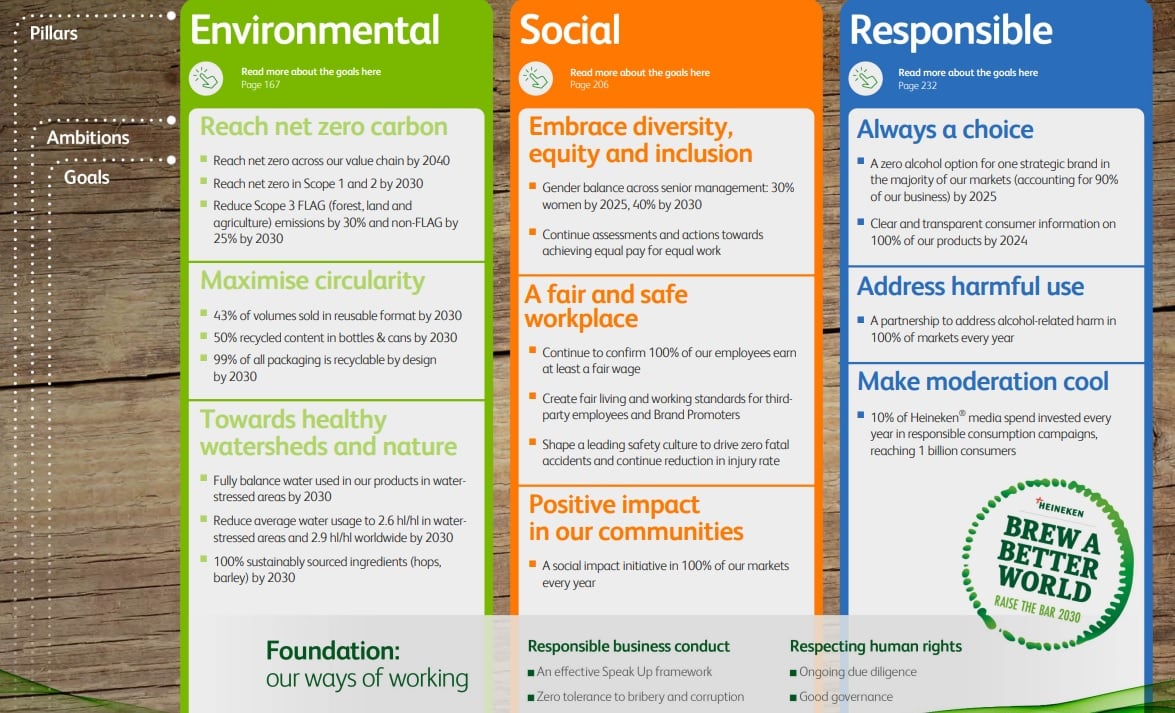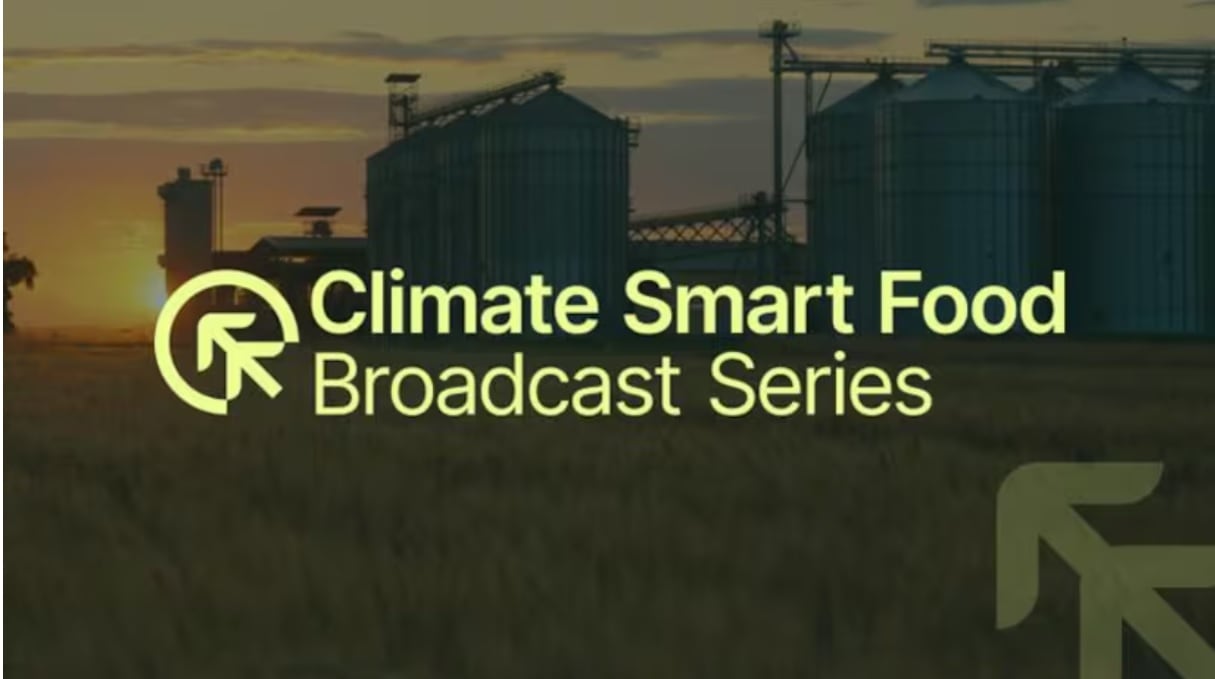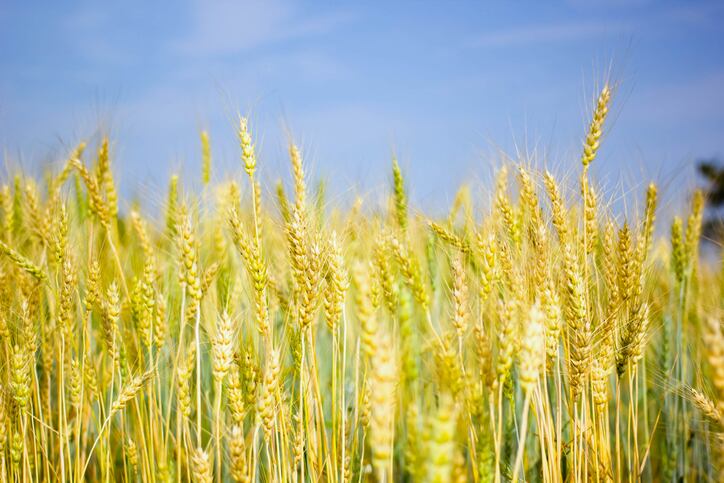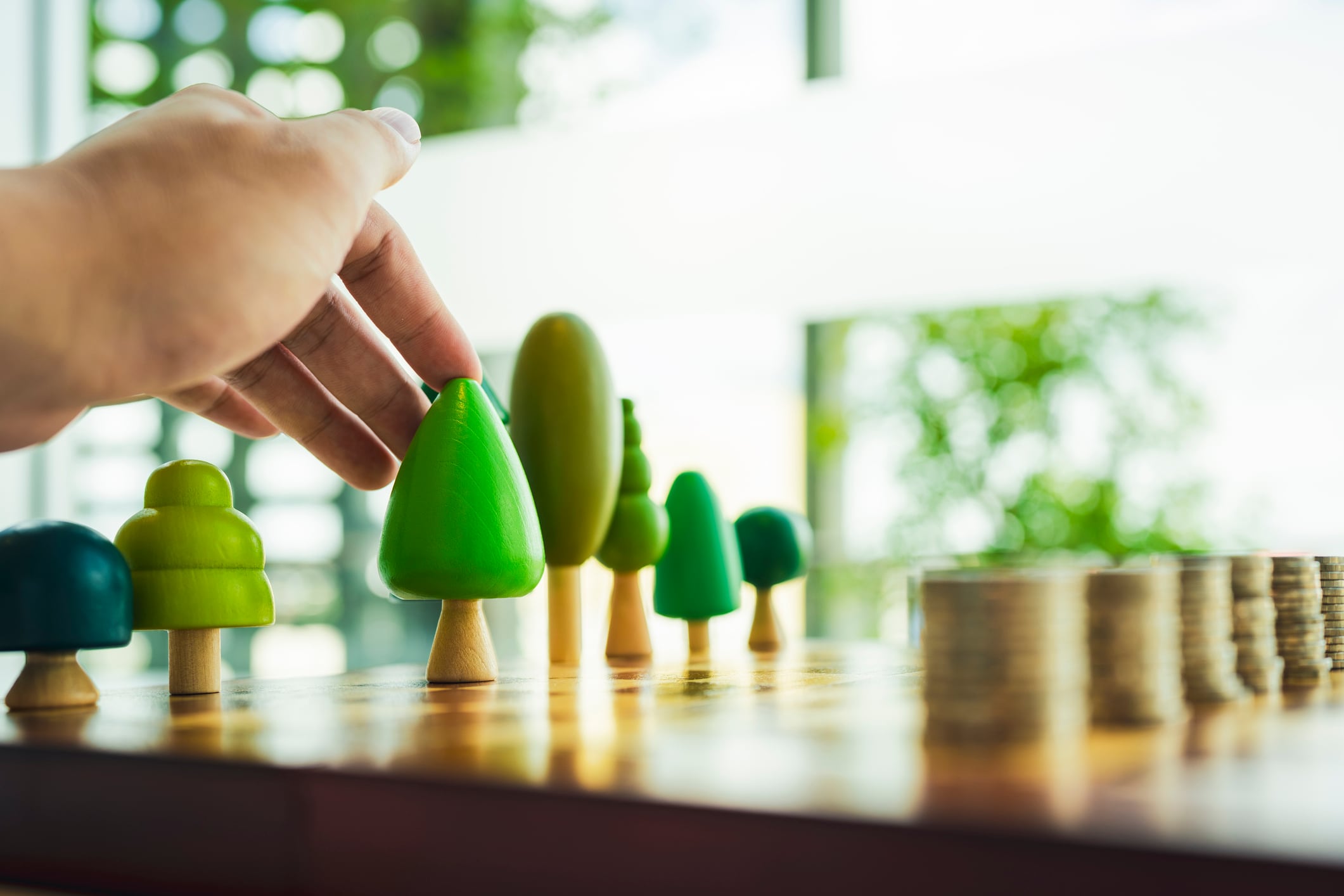Sonia Thimmiah knows the many nuances sustainability has: she’s worked in the sector for over two decades in different industries, with previous roles at Accenture and Reckitt.

She joined Heineken in 2022 and has since been looking at how the brewer can accelerate sustainability across its operations: from raw materials and ingredients to brewing, distribution and packaging and recycling.
So what’s it like leading sustainability at one of the world’s largest brewers? How do does she juggle multiple initiatives and prioritize different ideas? And how can a big business keep individual employees engaged with the mission?
Thimmiah tells us how she got into her career in sustainability, how others can do the same, and what inspires her to keep driving change across Heineken and the wider industry...
What’s Heineken’s headline goal in sustainability?
ST: Given the breadth of social and environmental issues for business, there is no one headline goal.
Our Brew a Better World (BaBW) strategy, the latest iteration of which was launched in 2021, has 3 pillars: environmental, social and responsible.

Key examples include net zero across our value chain by 2040, replenishing critical watersheds in water stressed areas, having 40% of women in senior management and expanding our portfolio of 0.0 beer across multiple markets.
Our ambitions are designed to build resilience for the Heineken business and future proof our growth whilst delivering positive impact for society and the environment.
How well are you doing on delivering on your goals?
There are some goals we have already delivered and others we are progressing, and the ease of achievement varies substantially.
For example, we delivered our goal to have 30% of women in senior management by 2025, and we also have at least one zero alcohol option for a strategic brand in over 90% of our markets.
We are also making good progress across many goals: 15 out of 41 sites in water stressed areas are fully water balanced, 39% of our packaging is sold in a reusable format worldwide and we have achieved a 34% reduction in carbon emissions for Scope 1 and 2 from 2022 to end 2024.
However, we know the path ahead is not linear and there are challenges in achieving some of our goals – our approach is to test and learn to find the optimal path for delivery.
Tell us about a sustainability achievement you’re proud of
I am proud of the way we have operationalised sustainability and brought it to life across the business.
Executing sustainability requires extensive cross functional collaboration and working with external partners. Only through establishing the right foundations for collaboration do we get to execute the exciting projects that have an impact.
We have an operating model which clearly defines accountability – who leads on delivery of a BaBW goal, and which functions support. We have structured governance to make sure sustainability progress is tracked and decisions are made with leadership teams at global, regional and local levels.
How do you manage multiple sustainability initiatives across multiple markets?
Each goal is supported by a roadmap that defines the actions needed and the operating companies that need to act.
The overarching programme helps with an initial prioritisation on which projects to implement, and this gets updated dynamically as conditions change at regional and local level.
We have a dashboard which monitors progress across every goal and we review the dashboards at global, regional and local level to assess progress and course correct where we need to.
By being clear on accountabilities and having a systematic process for reviewing progress we get a sense check on what’s happening across the business. This structured approach helps keep our sustainability efforts on course.

How do you champion sustainability internally and keep employees engaged with your mission?
We recognise that our sustainability strategy and the real change it delivers is a source of pride for our employees – and for prospective new joiners.
Many of our people are actively involved in the programmes – we could not deliver our goals without the passion and commitment of many across our functions, regions and operating companies. The best way to engage is by involving our people in developing and delivering the solutions needed.
Sustainability is also a key plank of our internal communication plan. We like to keep the stories of what we are doing real and balanced. We try to not just show the great projects and progress but also the challenges and dilemmas as we continue to brew a better world.
Where are the biggest opportunities to drive change across the food and beverage industry?
The biggest opportunities drive systemic change in areas that link directly with enabling resilience and growth for our sector.
A good example in the beer category is pioneering responsible drinking through the growth of the 0.0 category. If you look at zero alcohol options ten years ago, it was a non starter – it tasted horrible and no one wanted to order it at the bar.
However, we decided to change that firstly through innovative technology that made the non alcoholic beer actually taste like beer, and secondly by putting our media might behind making it cool and aspirational to remove the stigma of drinking it.
From an environmental perspective, moving from one way bottles to reusable can reduce carbon and save costs as we buy less bottles. For example, in 2024 we introduced a new STAR glass bottle in South Africa, which increased the use of reusable packaging in our operating company by 40%.
But there must also be a lot of challenges...
Systemic change is not easy to deliver – it takes time to rewire existing ways of doing things.
Common challenges include lack of enabling and consistent regulation and policy, financing the transition, forging complex cross sectoral collaboration and innovation on technology.
For example to implement a closed loop system for reusable packaging means working across multiple parties (think retailers, bars/restaurants, consumers, logistics providers), implementing new equipment for washing and filling, getting the logistics to work and getting consumers to bring back the bottles.
This is why we develop programmes in targeted locations, like South Africa, that help us learn, share and reapply to address these challenges.
Tell us about another company or initiative you think is inspiring in how they’ve approached sustainability
"There are many companies working innovatively on sustainability and the ones that get it right manage to find the link to core business and driving value.
"I am a big fan of how IKEA is driving change at scale. The way they integrate sustainability into the product design process is impressive, and one particular favourite is their refurbishment programme which gives a sofa many lives – and generates additional revenue for the company.
"All of this whilst ensuring they get the foundations right from using renewable energy in their stores to sourcing wood sustainably."
How did you get into a career in sustainability?
In my last year of studying chemical engineering, I got very curious about how to manage the environmental impacts of the manufacturing plants I was being taught how to build. I really wanted to be part of the solution and sent my CV to over 50 environmental consulting firms. I got lucky (and perseverance also helped!) when one actually gave me a job.
That was the beginning – and what followed was more education (this time a course on environmental technology); moving from technical to strategic consulting which broadened my sustainability and commercial acumen; and finally moving to Reckitt where I realised that I liked implementing change from within an organisation.
What’s your top tip for others interested in careers in sustainability?
If you are at the start of your career, make sure you get the right education base and as much experience as you can working in different environments through internships and other opportunities to learn practically what sustainability means.
I also encourage people not to think they have to be in a sustainability team to have a career in sustainability. In Heineken the majority of the delivery happens in the business – in Supply Chain, Procurement, Marketing and crucially Finance. Every time someone in the company asks how they can join the sustainability team, my question is what can they do in their day job to integrate sustainability.
‘Make sure you celebrate the wins and learn from the losses’
Sonia Thimmiah
Any words of encouragement to others working in sustainability?
We are going through a period of change on sustainability. What’s important is being resilient, getting even closer to the business and think progress over perfection.
We need to ruthlessly prioritise the right things that drive positive impact cost effectively and make the link with how specific programmes drive value for the business.
And make sure you celebrate the wins and learn from the losses: the path to sustainable growth is rarely linear, but it is a lot of fun and rewarding.



